Erin, Possip Reporter and a seasoned instructional leader who served in the Commissioner’s Office at the Tennessee Department of Education, discusses school safety efforts that parents can start today.
You squeeze in one last hug before they get out of the car and remind them to be kind and have a good day as they slide out and into the flow of foot traffic into school. After you drive away, you take a big breath, close your eyes, and hope they stay safe at school today. Or maybe you don’t because thinking about what could happen is just too scary.
With headlines almost every month of safety incidents at schools across the nation, it can feel pretty daunting to send your most precious child or children to school every day. As we discuss in The Path to Safer Schools, “As much attention as gun violence and killings get, the truth is that far smaller incidents happen routinely. These are the small incidents that rip apart at the seams of our safety and community.”
While it might seem like there’s little you can do, parents and caregivers can actively engage and support schools’ efforts to ensure a safe learning environment for our children. In this blog post, we’ll explore various ways families can contribute to school safety and security initiatives.
-
Have Your Own Safe Schools Perspective
School leaders and administrators are negotiating lots of competing ideas about what safety and operations looks like. As a parent, you should have your own sense of what you want to see in a safe school (we include some questions to consider in The Path to Safer Schools). Having your own perspective on what is desirable or acceptable with your own student helps you share feedback – positive or constructive – with your child’s school.
They often are themselves trying to figure out how to navigate their own thoughts and ideas with what others might think. So having your perspective can be helpful. Possip can be a great tool to share your perspective on the school’s safety choices – especially as they might impact your individual student.
-
Get Involved & Volunteer for Safety Activities
 Attend general community events so you get to know other parents, family members, and the staff. Promoting a strong and connected community can help you better know and understand who is in the school building – or who are the students your child is with every day.
Attend general community events so you get to know other parents, family members, and the staff. Promoting a strong and connected community can help you better know and understand who is in the school building – or who are the students your child is with every day.
Also you can attend family association meetings to stay informed about safety protocols and contribute valuable insights.
Additionally, volunteer your time for safety-related tasks at school. Opportunities to help at school might include the following:
- Supervising students during arrival or dismissal
- Monitoring hallways during class transitions, lunch, and recess
- Directing traffic in and outside of the building during school events
-
Understand & Enforce School Safety Protocols
Discuss safety protocols at home to ensure your child feels comfortable with them, understands why they exist, and knows how to respond effectively in different scenarios. Protocols to discuss with your child including the following:
- Fire Drill
- Tornado Drill
- Shelter-in-place
- Lockdown
Additionally, you can be supportive and model helping with family-facing safety protocols and help enforce them in the following ways:
- Follow the asks of the school yourself and be patient with others. This is especially important with the carline and school entry and exit procedures.
- Refrain from asking for exceptions, like skipping the carline or asking to be let in the building without proper identification.
- Use positive parent pressure to remind other parents of expectations. This may look like asking a family member to be buzzed in the building rather than holding the door open for the person behind you.
-
Promote Cyber Security Awareness at Home
Talk to your student about responsible internet usage and the risks of sharing personal information. Free cybersecurity websites such as Be Internet Aware from Google can help educate your child through interactive game play. Likewise, ask your school administration about the cybersecurity education currently provided to students and advocate for programming if needed.
-
Reflect on- and Monitor – Technology and Social Media Usage
Start with having your own set of principles and standards around technology, screen time and social media usage. Learn more about the impact and consequences of social media usage (articles like this one can help: Why young brains are especially vulnerable to social media (apa.org). Also take time to understand your school’s social media and technology policies and help enforce expectations by talking with your student about the rationale and consequences.
Keep in mind that cyberbullying can occur on social media. Families can help prevent and address cyberbullying by doing the following:
- Understand the process for reporting bullying at your child’s school
- Monitor your student’s social media usage
- Talk to your child about the signs of cyberbullying
- Report even the smallest instances of cyberbullying to school staff
-
Advocate for Mental Health Support
Contribute to a safer school environment by ensuring the mental and emotional health of your child in the following ways:
- Familiarize yourself with the mental health supports available for students on campus
- Advocate for mental health programming
- Encourage open discussions about mental health at home
- Ensure your child knows where to go for mental health support at home and school
- As outlined above, know about – and when appropriate limit – technology usage that may not best support positive mental health
-
Report Suspicious Behavior & Provide Feedback
 Empower your child to speak up about any unusual or concerning behavior they witness at school. Encourage them to report such incidents to a trusted adult. Likewise, families should report any suspicious activities or safety concerns to school administration through appropriate communication channels. Platforms like Possip can help parents and staff share systems – or physical facilities gaps – that may lead to a gap in safety. Examples could include areas of poor lighting in the evening, doors that get propped open, or even people who may be on school grounds inappropriately.
Empower your child to speak up about any unusual or concerning behavior they witness at school. Encourage them to report such incidents to a trusted adult. Likewise, families should report any suspicious activities or safety concerns to school administration through appropriate communication channels. Platforms like Possip can help parents and staff share systems – or physical facilities gaps – that may lead to a gap in safety. Examples could include areas of poor lighting in the evening, doors that get propped open, or even people who may be on school grounds inappropriately.
As one leader noted in our Actions for Keeping Schools Safe Schools, Event Recap, “Safety impacts attendance. How safe and secure a student feels at school is a determining factor of whether they show up at school.” By actively participating in school safety initiatives, parents play an integral role in creating an atmosphere where children can learn and grow without unnecessary worries. Let’s work together to make our schools the safest possible spaces for our children to thrive.
* * *
At Possip, we understand the challenges and significance of being an engaged and informed parent. Over 1,500 schools across the country partner with us because:
- We believe parent voices matter,
- We are school-approved, and
- We help people make a positive impact.
The post 6 Tips to Support School Safety Efforts, for Parents appeared first on Possip | Engagement Platform | School Feedback Survey.
 A lack of control, a lack of normalcy, and feelings of uncertainty can throw their brains into survival mode, which is the “fight or flight” mode. If their brain is worried about the basic need of survival being met, then it’s not ready to be in learning mode.
A lack of control, a lack of normalcy, and feelings of uncertainty can throw their brains into survival mode, which is the “fight or flight” mode. If their brain is worried about the basic need of survival being met, then it’s not ready to be in learning mode. 1. Acknowledge and share feelings
1. Acknowledge and share feelings 6. Help your child express and name emotions
6. Help your child express and name emotions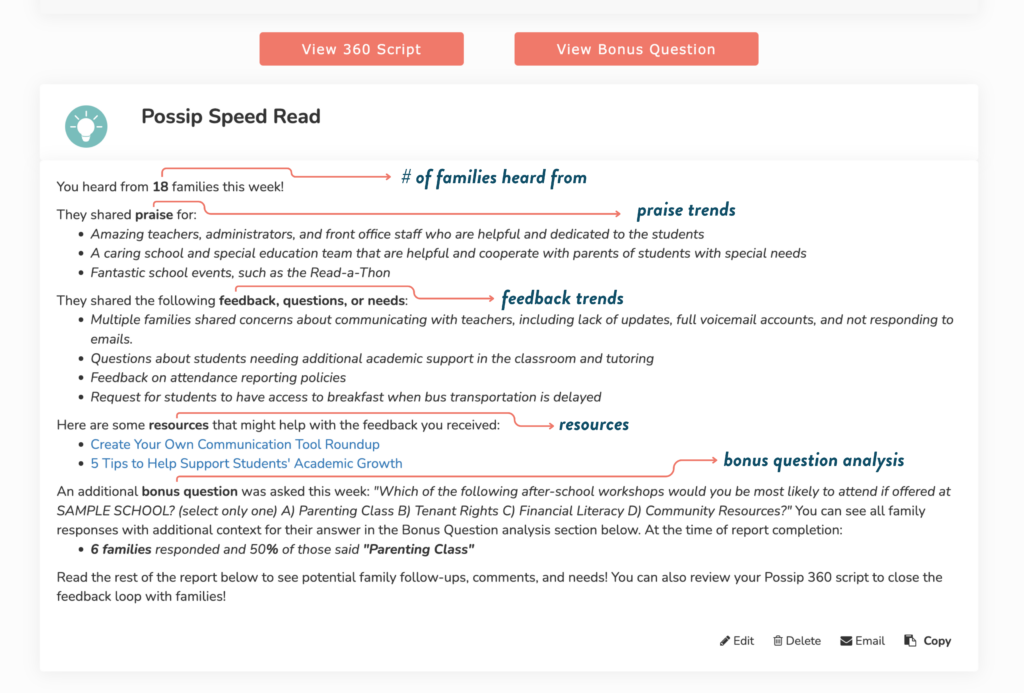


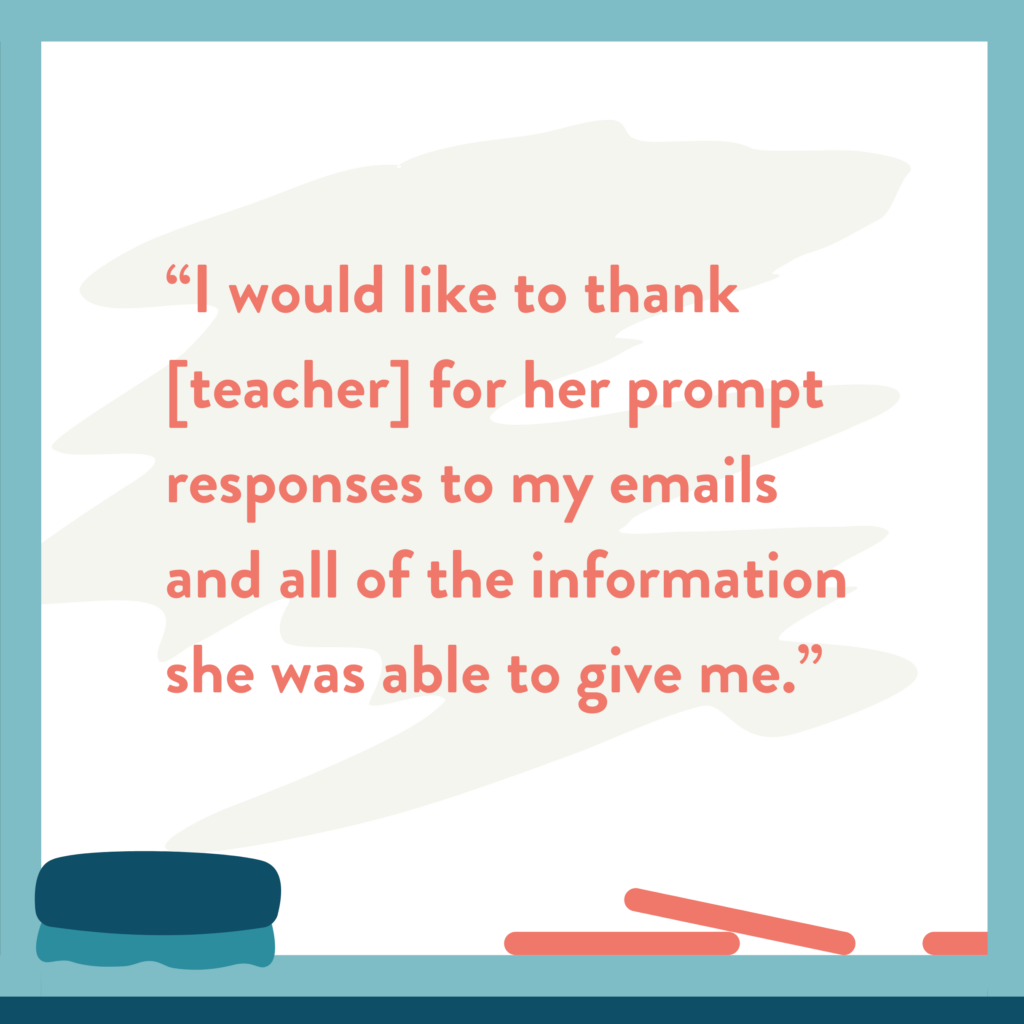
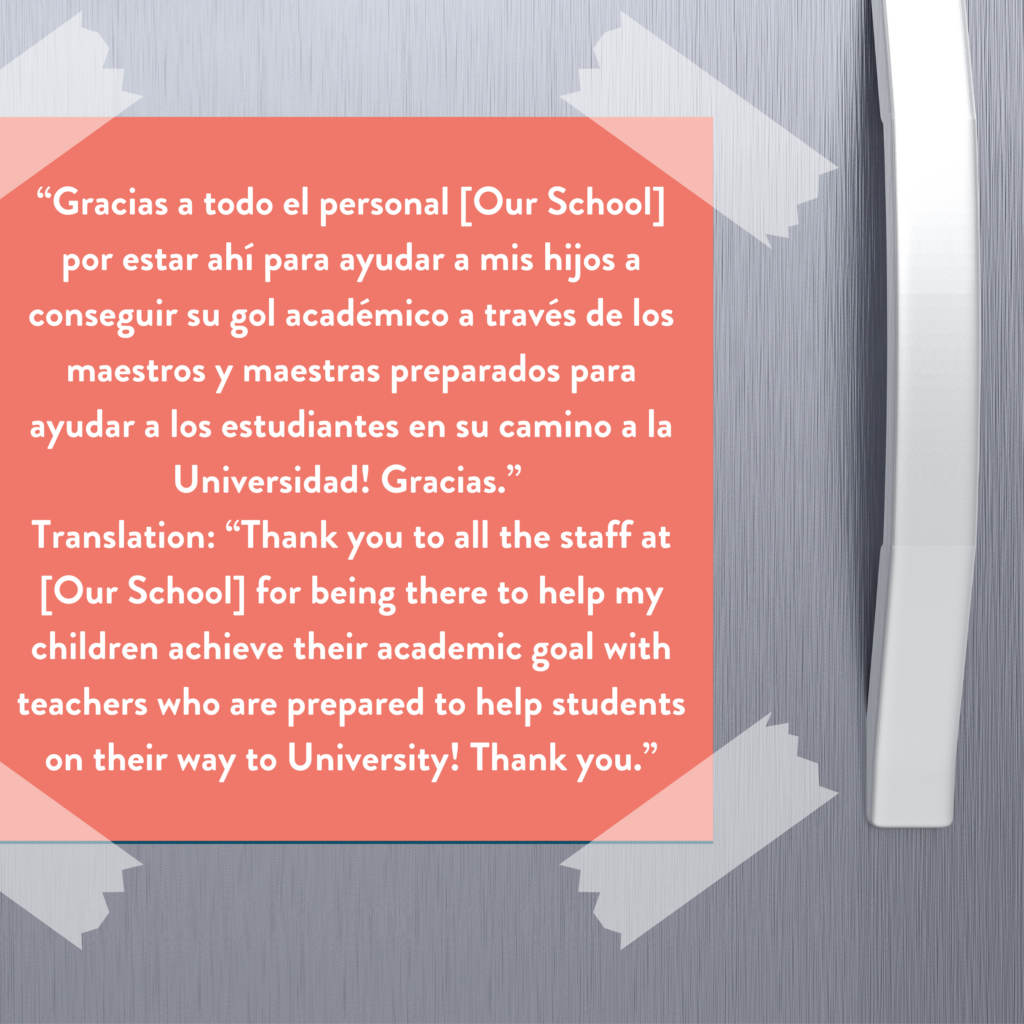
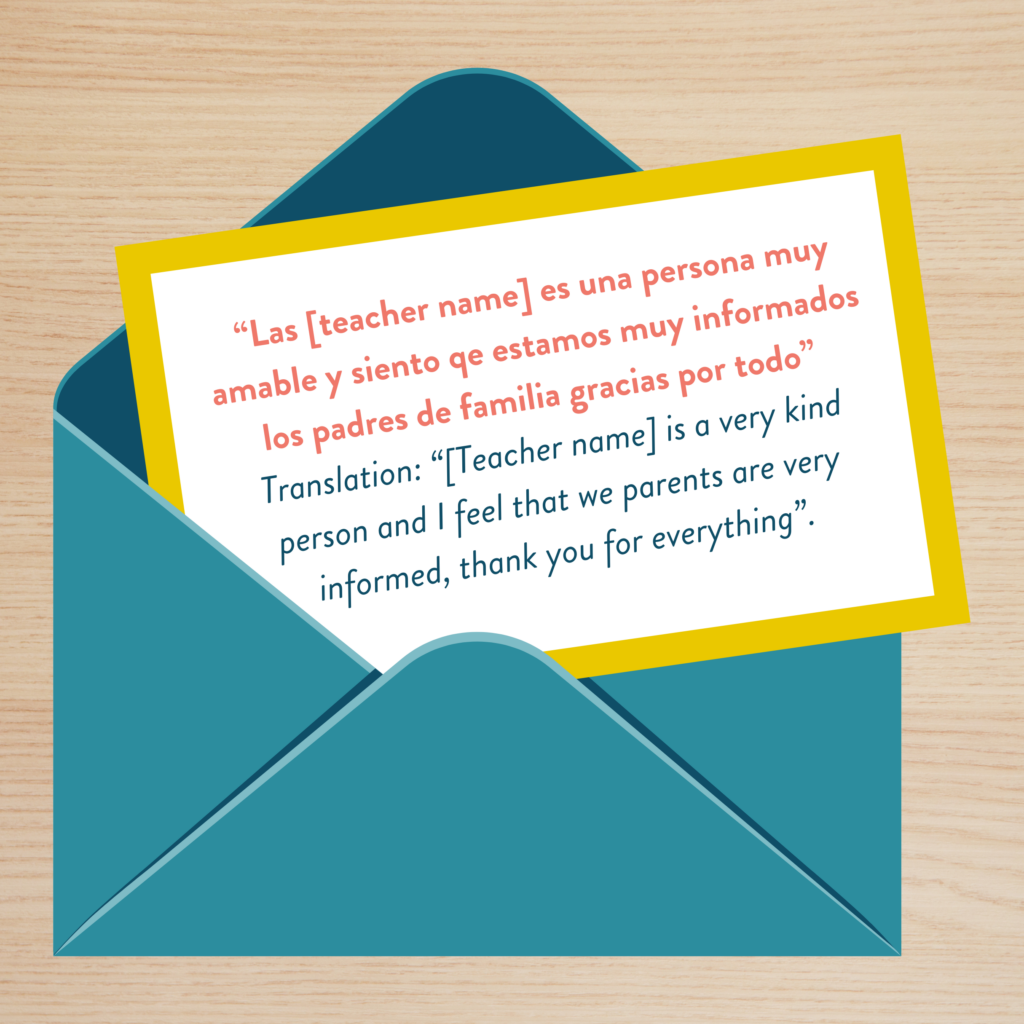
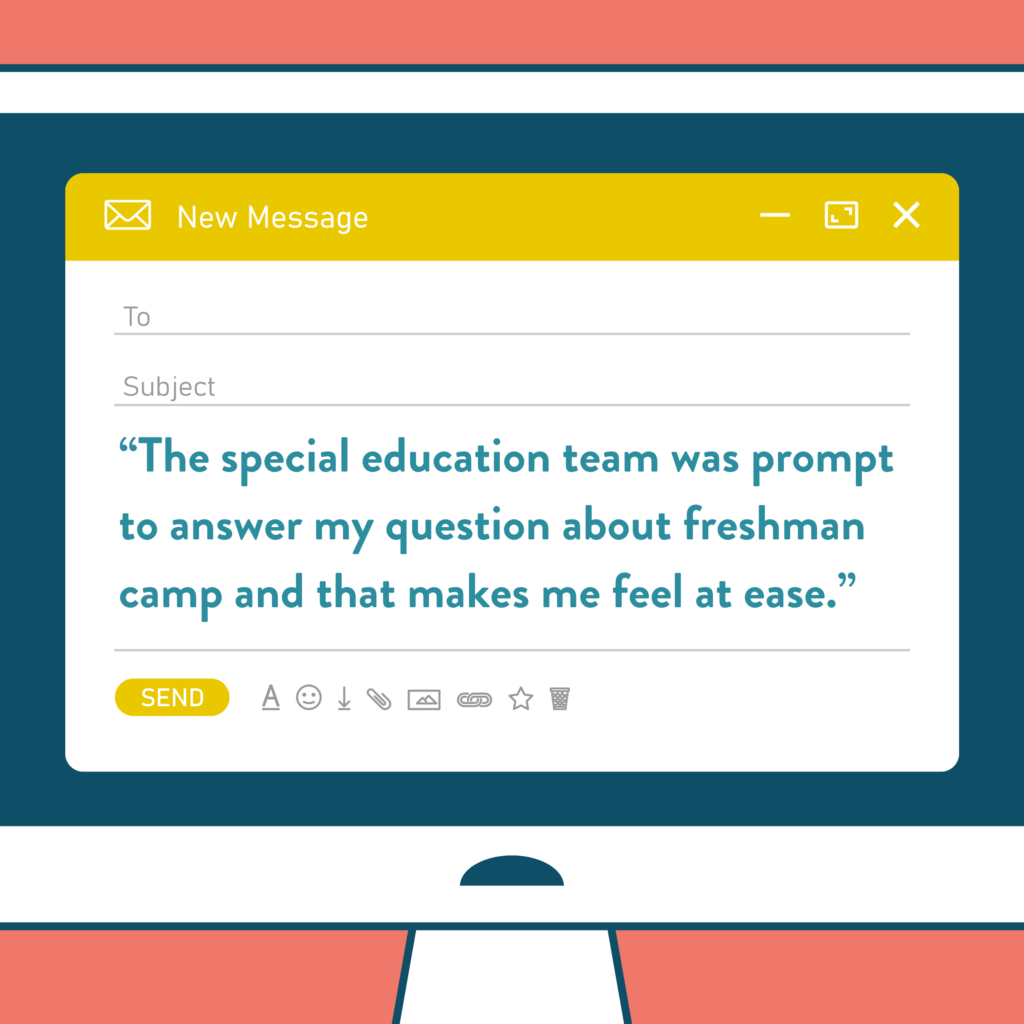
 As a parent, we know that it can feel like a losing battle when sharing curriculum concerns with your school. It can also feel confusing to know who even makes these decisions?! There is nothing worse than feeling like you’re “barking up the wrong tree” when sharing concerns to administrators who ultimately have no control over district-wide curriculum decisions. You might feel angry. Frustrated. Powerless. You may be wondering: how can I use these feelings for good? How can I share this feedback in a constructive way?
As a parent, we know that it can feel like a losing battle when sharing curriculum concerns with your school. It can also feel confusing to know who even makes these decisions?! There is nothing worse than feeling like you’re “barking up the wrong tree” when sharing concerns to administrators who ultimately have no control over district-wide curriculum decisions. You might feel angry. Frustrated. Powerless. You may be wondering: how can I use these feelings for good? How can I share this feedback in a constructive way?